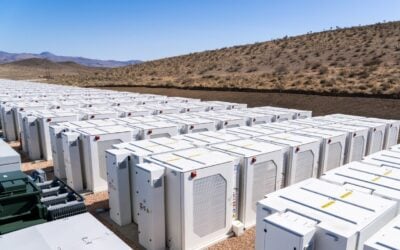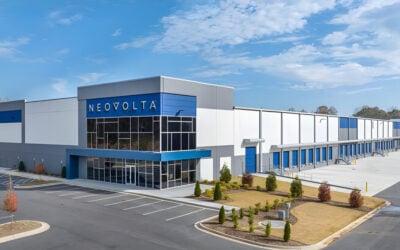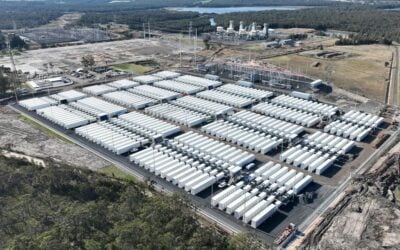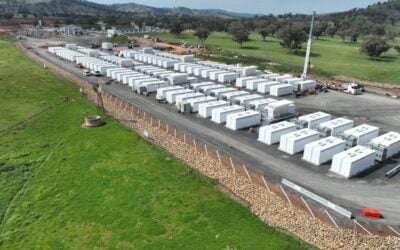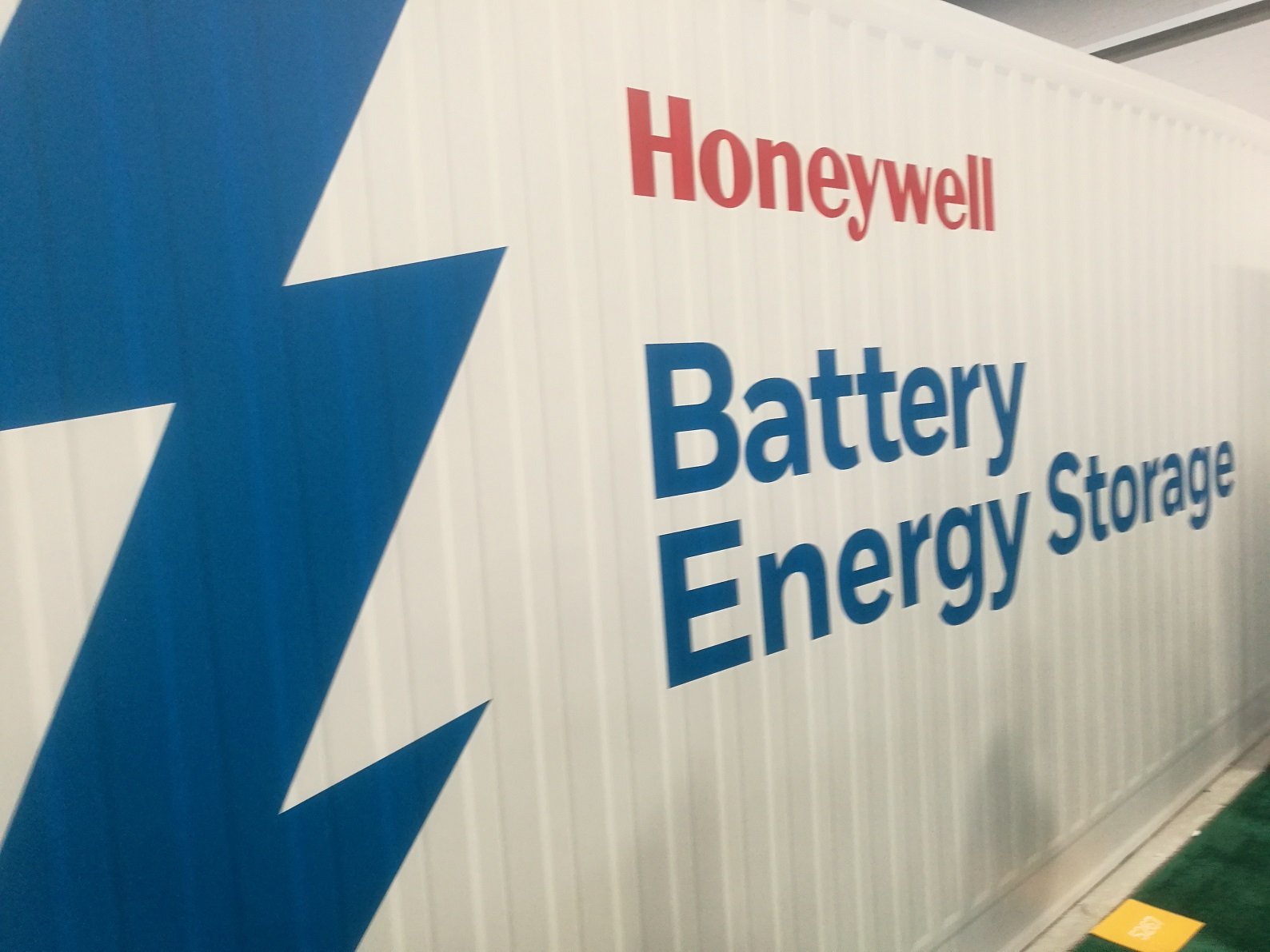
The fire unit at global multinational engineering firm Honeywell made its first move into lithium-ion safety in recognition of battery storage’s “huge potential” for decarbonisation and to help the world move “in a more energy efficient way”, the company has said.
Energy-Storage.news reported last week that Honeywell has partnered its Xtralis fire detection technology with Nexceris’ Li-Ion Tamer gas detection devices, with Xtralis the main distributor of the integrated brand’s solutions.
“I see this partnership as a way for us to really help our world stay safer but also further the carbon emissions reduction and grow the world in a more energy efficient way,” Peter Lau, president of Commercial Fire at Honeywell Building Technologies, told Energy-Storage.news in an interview following the announcement.
“This alliance is the perfect intersection between both of those.”
Try Premium for just $1
- Full premium access for the first month at only $1
- Converts to an annual rate after 30 days unless cancelled
- Cancel anytime during the trial period
Premium Benefits
- Expert industry analysis and interviews
- Digital access to PV Tech Power journal
- Exclusive event discounts
Or get the full Premium subscription right away
Or continue reading this article for free
Lau said that as Honeywell Building Technologies is involved in safety and security as well as building management systems and electrical products, as well as Honeywell Building Solutions, which integrates its work in these areas, it is always “scanning the horizon for new and different detection technologies.”
The company found that Li-Ion Tamer was leading in the “relatively immature” market of lithium-ion battery energy storage safety and formed the strategic alliance between Honeywell’s aspirating smoke detection (ASD) systems and Nexceris’ gas detection brand.
‘A very, very, early warning system to prevent potential major catastrophes’
Peter Lau claimed that the combined solution “helps us to continue to further the agenda of making sure that we’re a more carbon-free world, a more energy conscious world and it enables that by doing it in a safer and more productive way”. The main challenges Honeywell found, in detecting problems that can cause battery fires, are the three basic things can cause them: thermal (over-heating), electrical (overuse or misuse of the battery) and mechanical.
“Generally what happens is, if there’s going to be a safety issue with the battery… you start to get to off-gas release, usually 20-30 minutes before a fire starts. So the way that goes is that you get off-gases then eventually, you get smoke and then pretty quickly after that it leads to fire. We’re able to detect those first two stages of a fire before a fire occurs, so we think that a really strong and compelling offering for us, moving forwards.”
“If you complement the Li-Ion Tamer technology with our advanced sensing technologies and our ability to protect and manage fire events, it ends up being a very, very, early warning system to prevent potential major catastrophes,” Lau said.
While it can be convincingly argued that mainstream reporting of these challenges and the (rare) fires that they cause might sensationalise the overall impact compared on adoption of the technologies, it remains true that in the case of APS’ battery fire in Arizona last year, a number of firefighters were badly injured. Meanwhile from a business perspective, the image perception of lithium-ion no doubt has taken a hit from incidents like the 23 fires reported at commercial energy storage projects in South Korea last year.
Prevention is always better than detection and the mitigation of an event
Honeywell’s ASD technology basically works like a vacuum, sucking up air towards the ceiling of a facility, which the company claims can detect fires faster than conventional smoke alarms, up to 30 minutes – or 30 times faster – Peter Lau said, than those regular smoke alarms that do not go off until smoke or heat reaches them. As well as safety, this can have serious ramifications for the run-time of facilities, as well as badly affecting so-called mission critical facilities such as datacentres.
“Prevention is always better than detection and the mitigation of an event. Once you get past the prevention stage you’re talking about serious ramifications for any business in terms of uptime for their facilities”.
An ASD can “predict” where a fire is likely to occur, Honeywell’s Peter Lau said.
“Once the smoke reaches a conventional detector, depending on the size of the ceiling in the building, it could be well after a fire is going. If you think about a warehouse which is 30ft or 10 metres high, once the smoke would reach a regular smoke detector, you’re probably past the stage of prevention. Even before the smoke is the off-gas signals. That’s where our partnership with Nexceris would kick in with the integration of our early detection systems.”
The Honeywell division president said that with the furthering of standardisation and certification services and programmes, such as UL’s standards for installation of energy storage systems or PVEL’s Product Qualification Programme, he would like to see the Xtralis product integrated into those to ensure that early warning and detection systems exist.
“We understand there’s a huge potential for lithium-ion batteries. We are in the business of fire safety and really this can only help further the widespread adoption of energy storage.”
Honeywell Building Technologies’ parent company – active in 150 countries – also appears to have recognised this potential, developing large-scale energy storage projects in North America already, attending and exhibiting at big industry shows including Solar Power International / Energy Storage International last year and announcing a 300MW pipeline of projects with Canadian developer NRStor.

